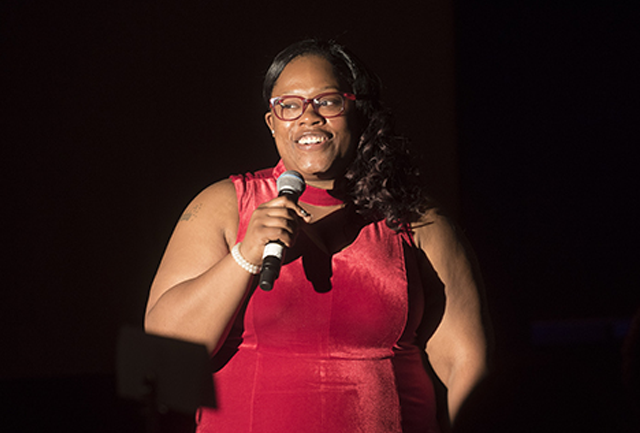The Problem
By law, child care programs must have a disaster plan to keep children and staff safe in an emergency. However, developing one can be complicated.
One Solution
The newly updated Emergency Preparedness Manual for Early Childhood Programs, developed by the National Center for Early Childhood Health and Wellness (NCECHW).
Providers in centers and family child care homes can use this tool to develop customized emergency plans for their programs. The manual is a workbook-style document that includes information on:
- National requirements and recommendations for child care emergency preparedness
- The three phases of emergency planning: Preparedness, Response and Recovery
- Different types of emergencies (e.g., hurricane, wildfire, intruder, etc.)
- The various responses to an emergency: evacuation, shelter-in-place, lockdown
The manual has a collection of tip sheets, worksheets and checklists which – step by step -- walk a provider through the process of developing an emergency plan. Topics include:
- Emergency Preparedness Self-Assessment
- What Types of Emergencies Could You Experience?
- Whom to Consult in Your Community When Making Your Plan
- Establishing Your Communication Procedures
- How to Build an Emergency Kit
- Reunification Procedures
The manual from the Early Childhood Learning and Knowledge Center (ECLKC) also has links to many other resources.







